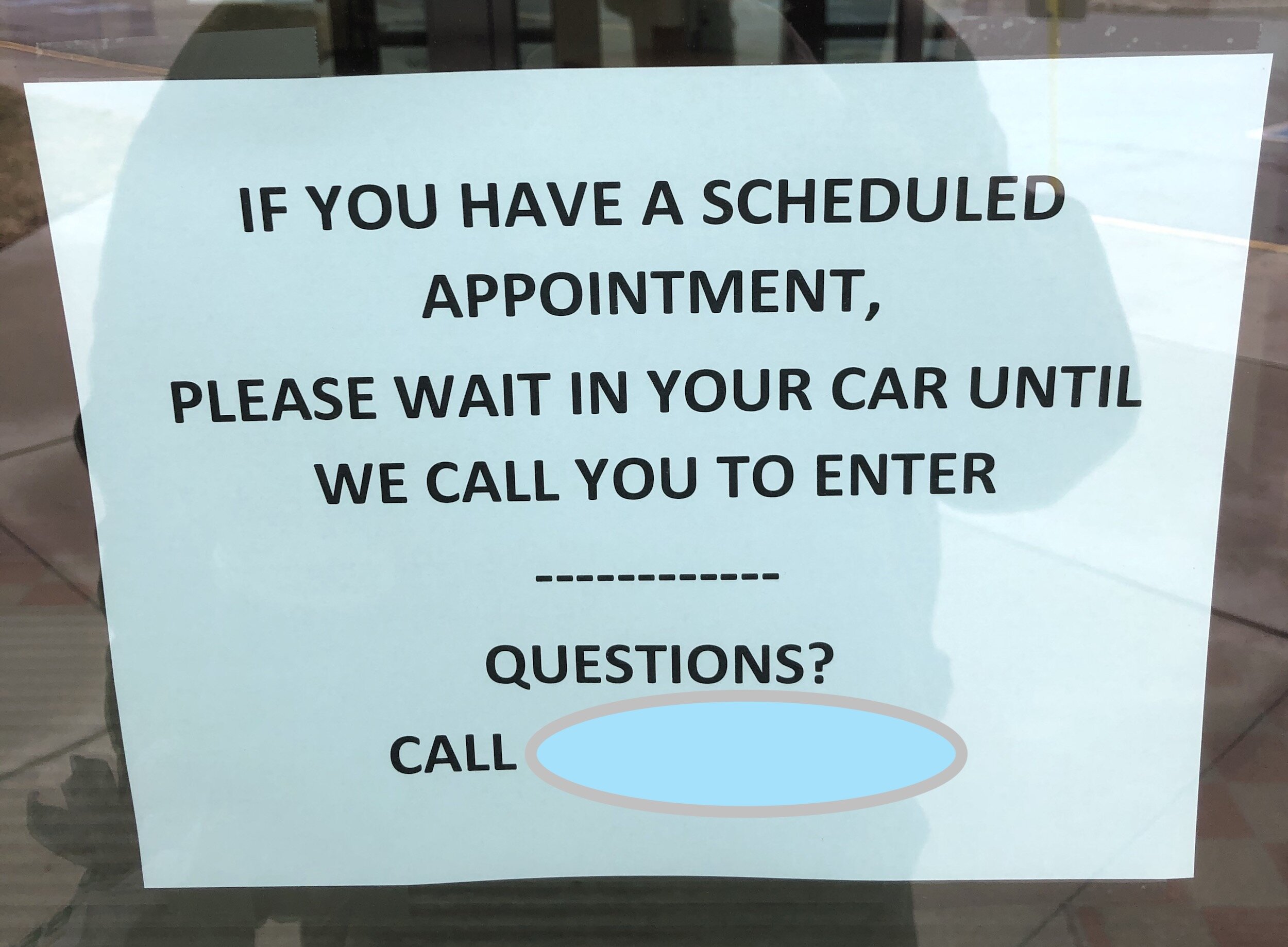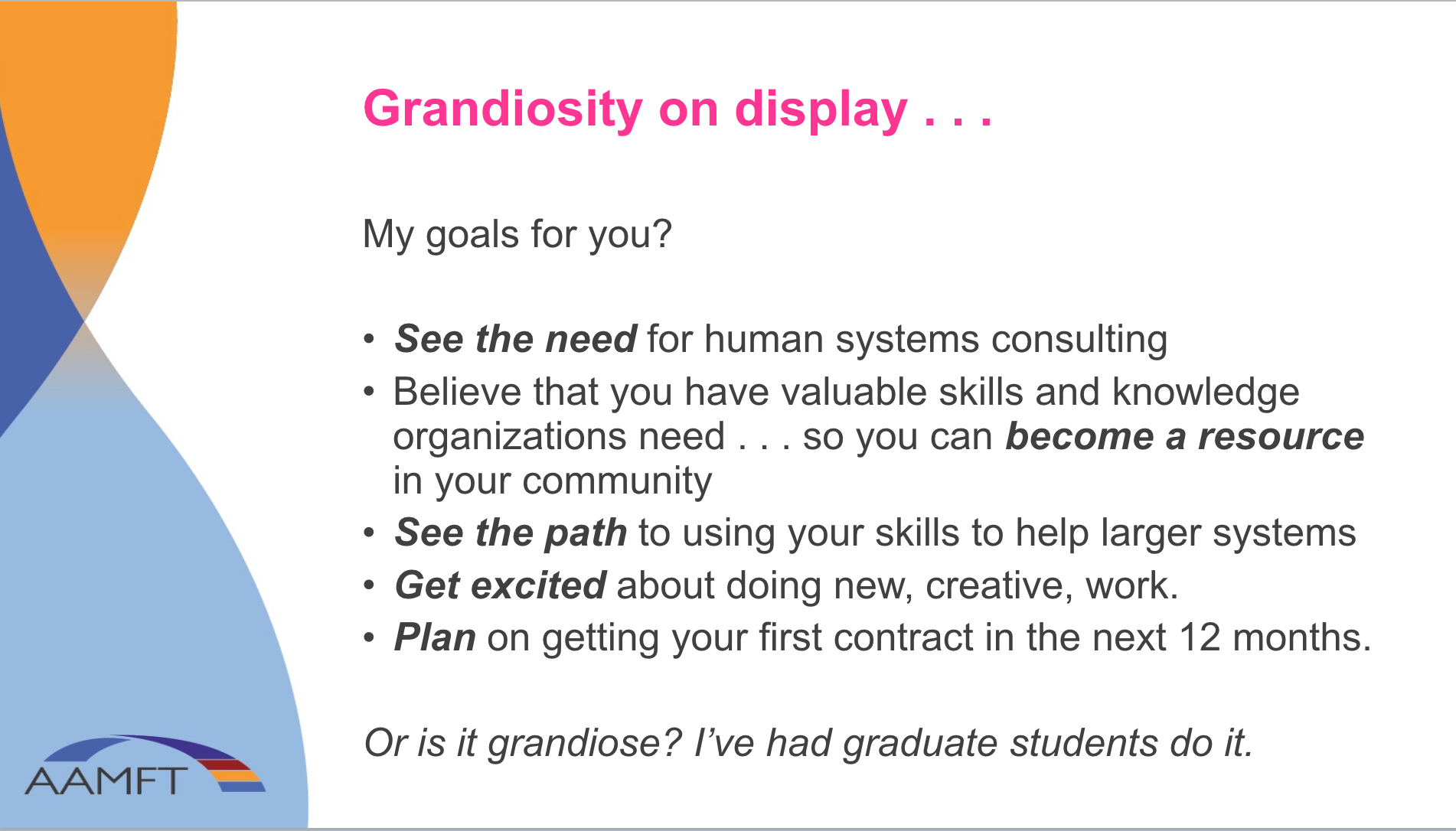This sign, I think, depicts what I am saying . . . . Closed—but thanks to good practices—not gone. Photo by Tim Mossholder on Unsplash
Coronavirus (Covid19)
So the world is facing a new pandemic. It’s all over the news and everyone I know is assessing the risks to the people they love that may be particularly vulnerable. Universities are closing. Healthcare providers are taking employee’s temperatures before allowing them into work. Sports events are taking place with few or no fans in attendance. Some are avoiding going to restaurants, changing vacation plans, or working from home.
Globally, I recently read that in Italy all businesses are shut down with the exception of grocery stores and pharmacies. Imaging that! In my local context, there is a lot of fear, many people working to try and contain and lower the risk, and speculation about the actual size of the threat (here I speak in global terms not individual outcomes which obviously can be catastrophic) which remains unknown—and possible unknowable—as I write..
Local . . . and Global . . . Impact
Even in my small arena and in the smallest businesses that I work with, consideration of the risks and substantial departures from normal operations are taking place in order to cope with this emerging threat. People are asking a lot of questions they did not have to consider only a few weeks ago. What do you do if customers will no longer come to your “brick and mortar” for services? What actions do we need to take to protect employees? What do we do when our sales stop for a time . . . due to the changed behaviors of customers due to this threat?
A Terrible Event . . . and a Business Lesson
However, while trying not to minimize the terribleness of this pandemic, this very public crisis demonstrates the very real need for business to plan for such events. You can’t, for example, provide free services (vaccines for example) if your employees quit because you can’t pay them. Businesses who regularly create a “rainy day fund”—by collecting a profit—are able to continue to provide services even if their revenue stops temporarily. Businesses that don’t do this have to find someone else’s cash (banks, private loans, grants) to survive.
The grim reality—the coronavirus and it’s threat to businesses—frankly reminded me of conversations I regularly had with graduate students in the behavioral health programs. I hope those conversations helped them to be prepared to ride out the turbulence of a crisis like we are facing now.
Business Survival and Profit
Talking to those students about the “business side” of being a health care provider . . . and the role of accounting for the three traditional components of business—operating costs, labor expenses and a profit margin in establishing a fee structure . . . I would ask students, “What exactly is profit?" I could often see these good-hearted students squirm as they struggled with their answer. Every semester these students—most of whom had never had a business class in their academic careers—would answer with some variation of the following . . . “It is adding an amount to your fee because you want to make more money.” Or . . . “It’s deciding the market will pay you more so you raise your fees to make more money.” No and No. The first definition, as students described it, should be labelled “greed.” The second, some form of “price fixing or gouging.”* Adding a profit margin to your fee is neither of these . . . and the present crisis illustrates why.
Businesses who only cover their expenses (operating costs and labor) have no insurance policy for a severe crisis like the coronavirus. Thus, when a crisis hits, these businesses are dependent on an outside entity to rescue them . . . a government bailout, bank loan, or private funds.**
In my own private practice, I have had to weather periods of no cash flow. Most notably when the Affordable Care Act was started. Insurance companies were unable to tell us what copays to collect and were not paying in a timely way. Everyone in my practice survived on the savings (profit) that they had collected and we were able to stay open for the three months we had no revenue coming in. Others, albeit lesser disruptions, include changes in the insurance industry, transitions to electronic medical records, billing department personnel changes, etc.
I genuinely worry about some of my colleagues in health care in this current crisis. During the Affordable Care Act transition, I heard colleagues talking about drawing on their own personal savings, getting short term loans to float their practice, drawing on personal lines of credit . . . or other measures to keep operating.
In the present crisis some, especially those who have believed that charging a profit margin is equivalent to being greedy instead of a means to insure agains risks like the coronavirus, may find themselves in a similar crisis. What will they do if insurance payments cease for 30 to 90 days? If their client load drops significantly for a time?
Maybe they can draw on outside support to survive. Perhaps they’ll get a loan. Maybe the government bailout will be accessible to small business owners. Maybe they will draw on their own personal assets to float the business for a while. I assume most will “get by” somehow. Hopefully not, but it’s likely a few may simply close their practice.
Still, as the old business adage goes, “you can’t operate even one day without cash” so it is my sincere wish that my students and the professionals I have trained and coached have planned ahead . . . building profit margins into their fees, retaining these earnings in their business, and as a result have less fear and angst about the current threat to their livelihood. After all, none of us need more to worry about at a time like this.
Here’s wishing you all the best!
Resources:
Learn more with Bryan’s free eBook: Private Practice through Contracting.
Got a question? Ask Bryan.
* I am not arguing that no one sets fees in this manner, they most certainly do. In fact, I have no doubt that some have become very wealthy in this manner, it is not, however, in my view an ethical way to establish fees.
**Yes, a business can plan ahead by establishing a “line of credit” to borrow against in a time of crisis but you are driving up your operating costs by not planning ahead and saving money in your business to weather a crisis where there is no cash coming in.































